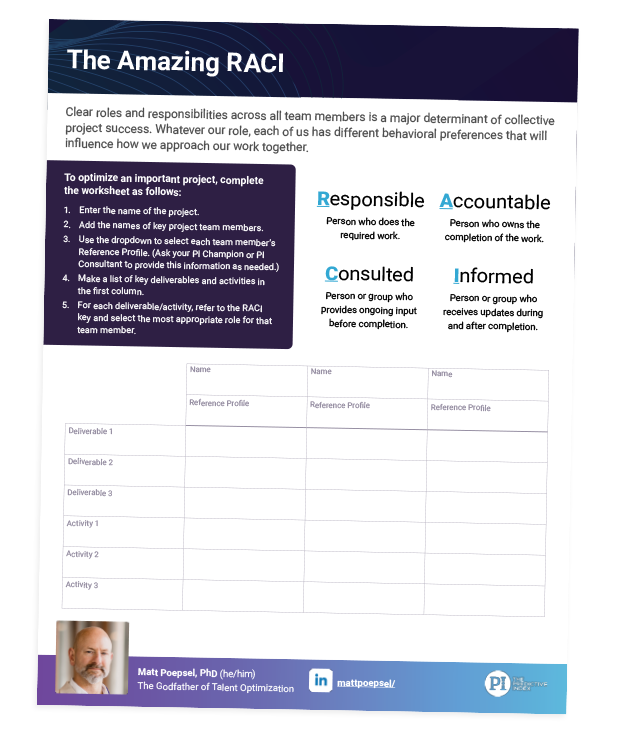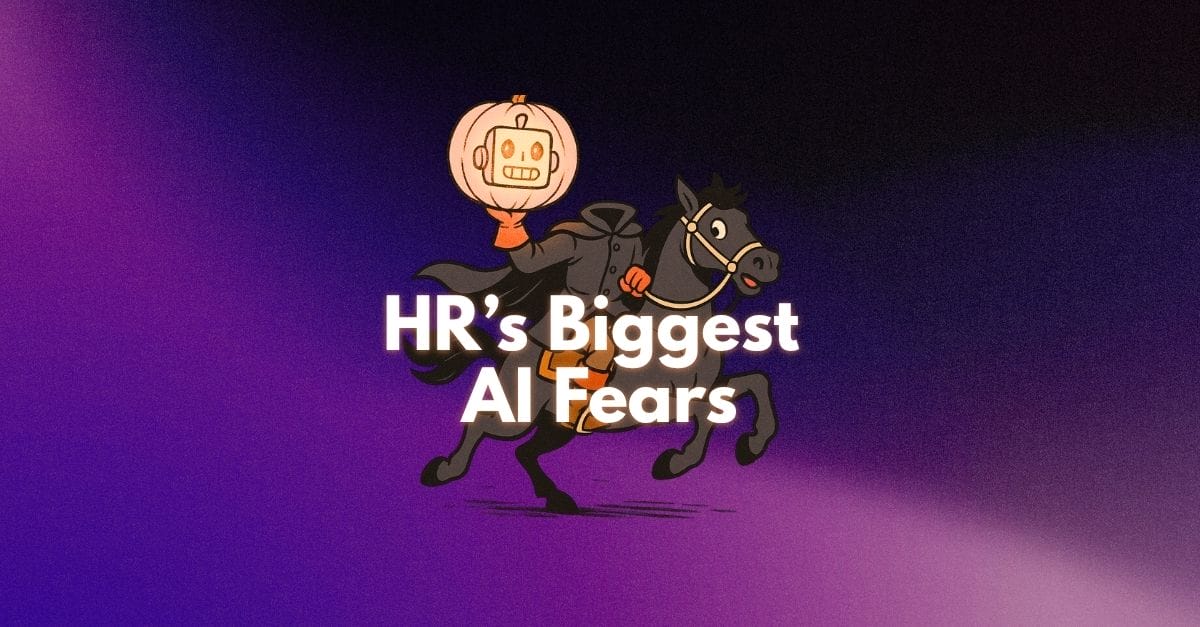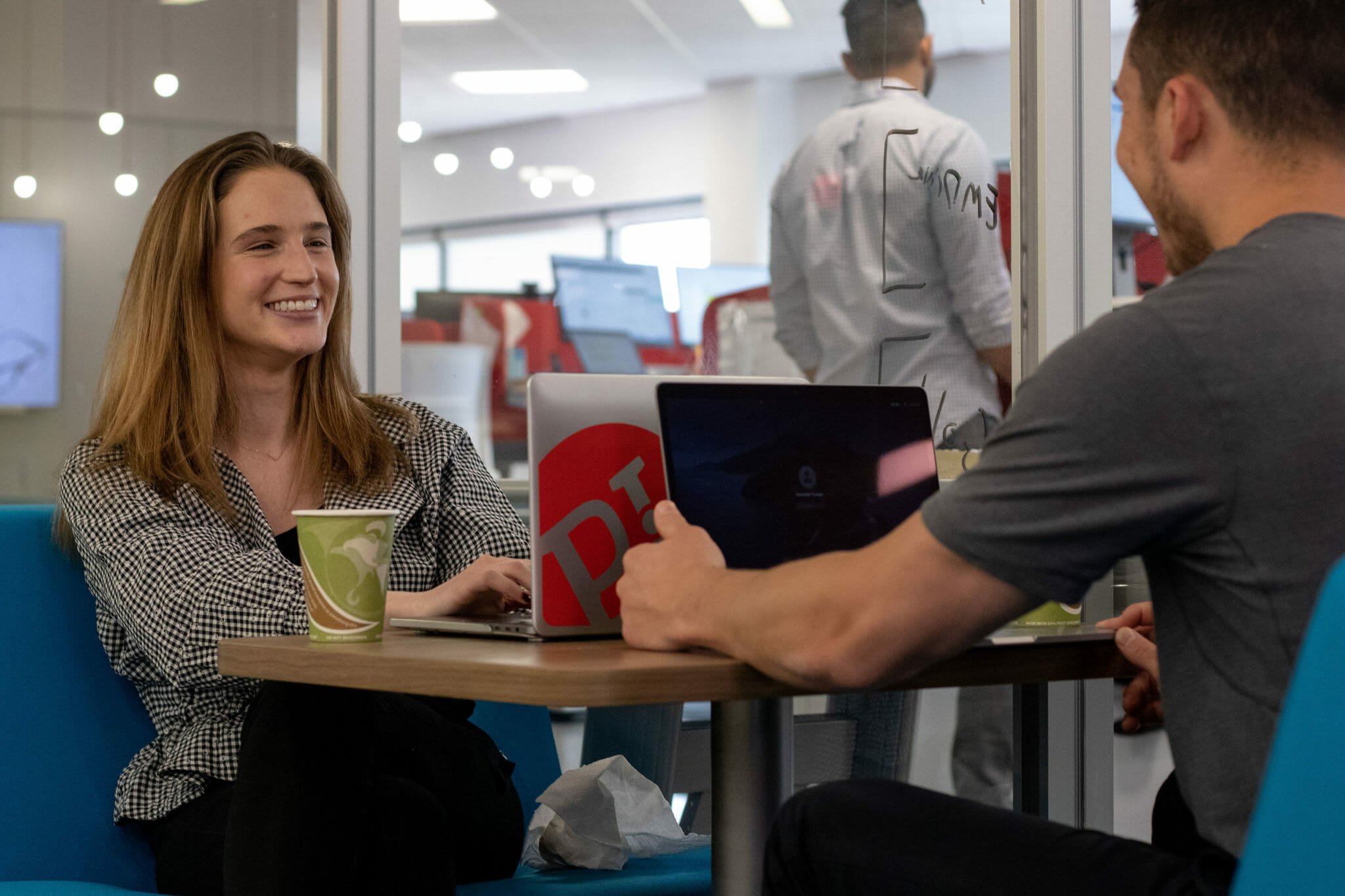I served as a Reconnaissance Marine during my military service. This means that I was assigned to a six-person team whose mission was to collect intelligence and share it back to our central command. I enjoyed the glamorous aspects of parachuting, snorkeling, and dangling under a helicopter as it whisked us away from the operation.
It’s the teamwork that sticks with me most all these years later, however.
As a forward-deployed team, we had to be relatively independent. We carried our food, water, radios, and munitions. These were not camping trips—we had work to do.
Each of us was assigned a primary role including navigation, security, and equipment checks. Role clarity allowed us to move stealthily and effectively as one.
Imagine my surprise when I transitioned to civilian life. Too many teams experience communication issues, challenges with decision making, or “boundary clashes.” Without clear roles and responsibilities, team performance and employee engagement both suffer.
In project management circles, a RACI chart offers help. This acronym stands for Responsible, Accountable, Informed, and Consulted. These are the roles assigned to a given individual or group (in the case of C and I) for each required deliverable or activity.
In talent optimization terms, we know that behavioral preferences and needs have a major impact on individual and group dynamics. That’s why I created a version of a RACI Chart that has an important addition—the individual’s Reference Profile according to the PI Behavioral Assessment.
Use the worksheet to clarify roles and responsibilities, AND give yourself every advantage to integrate people practices alongside the work to be done. It’s a simple technique that too many teams overlook – to the detriment of their effectiveness and experience.
Download the worksheet “The Amazing RACI,” and give it a try with an important project you’re leading, or to which you’re contributing.









